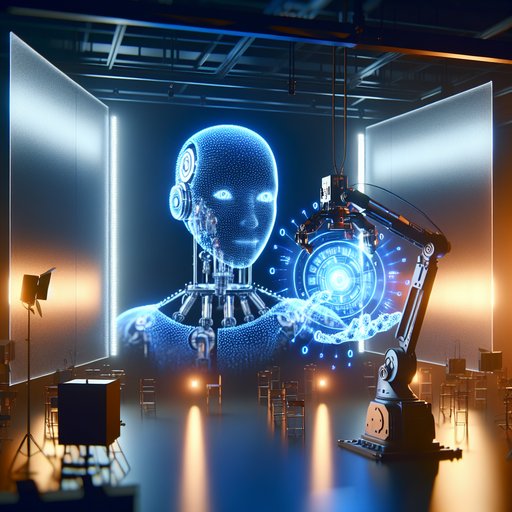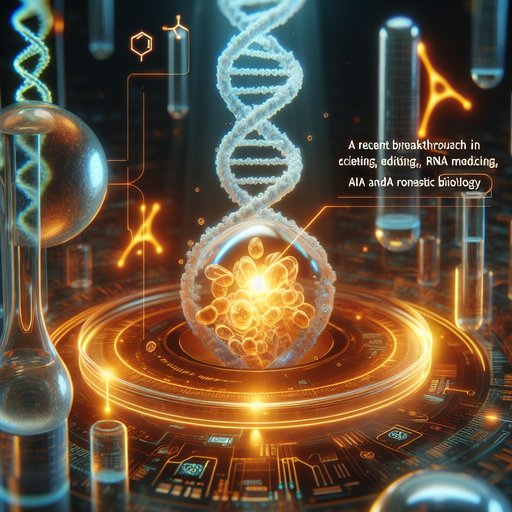
In a significant cybersecurity incident, kidney dialysis provider DaVita has disclosed a major ransomware attack that compromised sensitive information of approximately 2.4 million individuals. The breach, reportedly carried out by the Interlock gang, exposed a wide range of personal data including health details, tax identification numbers, and even images of personal checks [1].

In a groundbreaking discovery, astronomers have detected the brightest Fast Radio Burst (FRB) ever observed, marking what experts are calling "the beginning of a new era" in our understanding of these mysterious cosmic phenomena [1]. This extraordinary event has forced scientists to reconsider their existing theories about the nature and origins of these powerful bursts of radiation.

French telecom giant Orange has unveiled a new 5G+ home internet solution featuring unlimited data and cutting-edge Wi-Fi 7 technology. The launch represents a significant advancement in home connectivity solutions, directly competing with Free's existing offerings in the French market and showcasing the growing maturity of 5G+ network capabilities [1].

In a significant shift across the artificial intelligence landscape, leading tech companies are embracing user choice in AI model selection. OpenAI's announcement of customizable options in ChatGPT-5 [1] marks a turning point, as Google follows suit with plans to implement model selection in Google Translate [2], signaling a new era of personalized AI experiences.

In a significant milestone for quantum computing in the United States, the Department of Energy's Oak Ridge National Laboratory (ORNL) has acquired a groundbreaking IQM Radiance quantum computer system. This marks the first installation of an on-premises, full-stack superconducting quantum computer at a national laboratory, representing a major step forward in integrating quantum capabilities with traditional high-performance computing systems [1].

Apple has released urgent security updates across its operating systems to address a critical zero-day vulnerability that could allow attackers to execute malicious code through specially crafted images [1]. The emergency patch comes amid a wave of significant cyber incidents affecting major companies, highlighting the ongoing challenges in maintaining digital security across different platforms and industries.

A significant advancement in genome editing technology has emerged as researchers combine artificial intelligence with CRISPR tools to enhance precision and safety in genetic modifications. The development comes amid growing market optimism for gene editing technologies, with the sector projected to expand at a robust 16.9% compound annual growth rate (CAGR) through 2030 [1].

Security researchers have identified a potential zero-day vulnerability targeting Fortinet VPN systems, while multiple ransomware groups are simultaneously developing more sophisticated attack methods to bypass endpoint security. The developments mark a significant escalation in cyber threats, with attackers increasingly focusing on critical infrastructure and security tools themselves. [1]

The semiconductor industry faces escalating challenges as geopolitical tensions between the US and China continue to reshape the global chip supply chain. Recent developments highlight the increasing complexity of managing international semiconductor trade, with US authorities implementing unprecedented tracking measures while Chinese firms seek to strengthen domestic capabilities.
Brain–machine interfaces are moving from the lab into real clinical use, with competing approaches racing to prove they can read and even “write” to the brain safely and reliably. One of the most active fronts is minimally invasive cortical implants: Precision Neuroscience, founded by former Neuralink researchers, recently detailed progress on its ultra-thin Layer 7 array, designed to rest on the brain’s surface and decode intended movement and speech while limiting tissue damage, with FDA clearance for up to 30-day implants and work on a large “neural foundation model” [1].
























